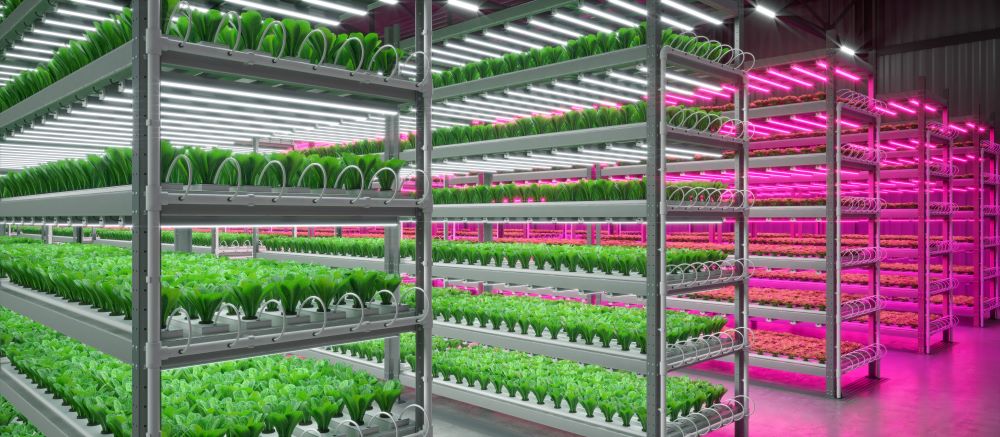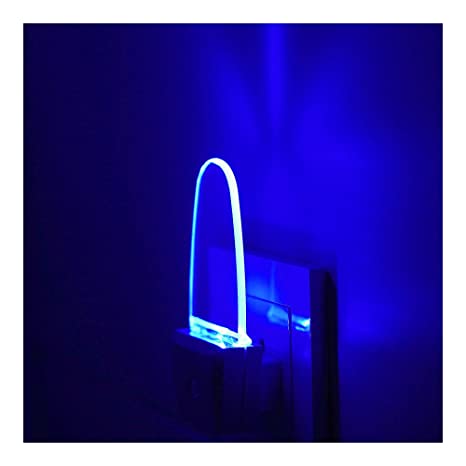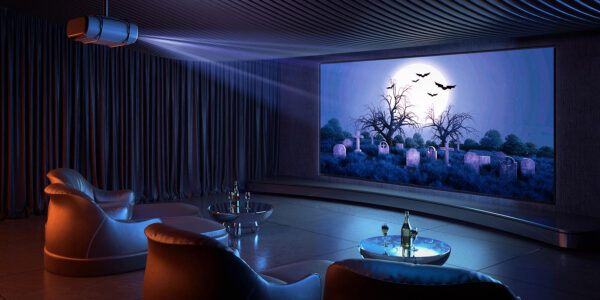Greenhouses and other indoor plant growth facilities revolutionized crop production and expanded plant growth into geographic areas that previously did not have ideal environmental conditions for plant cultivation. The farming industry is on the cusp of a new expansion of indoor cultivation, and that expansion is being driven by energy efficient grow lights. Advances in LED lighting technology are behind the rising popularity of those grow lights.
Next generation energy efficient grow lights use substantially less energy than older artificial plant lighting systems. They also last substantially longer, are more compact and easier to install, have superior longevity and durability, and generate less excess heat that might interfere with plant growth. In addition to their energy efficiency, LEDs have a high luminous efficiency in comparison to incandescent and fluorescent grow lights, which means that LED energy efficient grow lights produce more and better visible light to fuel plant photosynthesis.
As recently as the early 2000’s, LEDs were perceived with some suspicion in the indoor plant cultivation community, largely because growers were not seeing practical cost and energy savings results that matched the claims of LED manufacturers. Moreover, as a new technology, the upfront costs of LED indoor grow light systems had been significantly higher than similar costs for grow lights with more traditional technologies. Scaled up LED manufacturing has reduced products and material costs to bring LED energy efficient grow lights within every budget’s price range. More importantly, recent improvements in LED technology have now provided strong support for energy efficiency. New forms of LED lighting have significantly lower power consumption and are better able to translate a greater amount of electrical energy into visible light with less of that energy being dissipated and wasted as heat.
LED energy efficient grow lights have exhibited efficiency gains of more than 50% in the ten-year period between 2005 and 2015. The United States Energy Information Administration (EIA) credits these efficiency gains with the expansion of LED lighting in commercial growing operations. At the same time, the EIA notes that LED product and system prices have dropped dramatically. The American Council for an Energy Efficient Economy notes that the commercial expansion of energy efficient grow lighting traces back to 2008, when growers began to see LED lighting that offered superior energy savings, operating costs, and longer lifespans.
Selecting the best energy efficient grow light for any indoor plant cultivation facility is a function of the LED manufacturer, the power consumption of the LED’s semiconductor control circuitry, and the color rendering index of the lights themselves. Indoor growers can now find energy efficient grow lights that consume up to 60% less power than traditional indoor lighting and that generate significantly less excess heat. A 10,000 square foot indoor growing facility can save between $50,000 and $100,000 per year in electricity and cooling costs with these new energy efficient grow lights.







